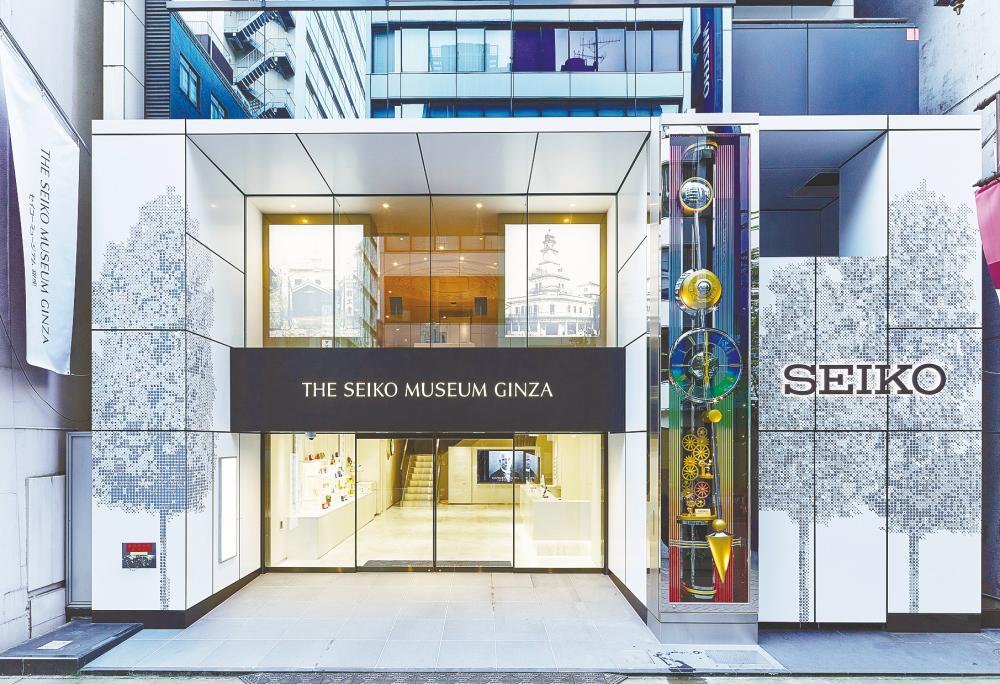To commemorate the 160th anniversary of the birth of Seiko’s founder, Kintaro Hattori, the Seiko Museum of time and timepieces in Tokyo, Japan was moved from Sumida-ku to Ginza, the birthplace of Seiko.
The iconic museum reopened on Aug 19 with six floors and a grand 5.8-metre high pendulum clock, the Rondeau la Tour, at its facade.
The museum is based on the Seiko Institute of Horology, set up within the Seikosha factory (now Seiko Clock Inc.) in 1981 to commemorate the 100th anniversary of the company’s founding. It was re-established in 2012 as the Seiko Museum in order to increase Seiko brand awareness and appeal to more visitors.
Other than being a corporate museum that collects, preserves, and compiles various historic items emerging from Seiko’s group companies since its founding, it is also a place of research into the history of time and timepieces.
What makes the museum special is its commitment to taking part in initiatives that contribute to society, with museum activities such as workshops and activities for children.
Inside the museum
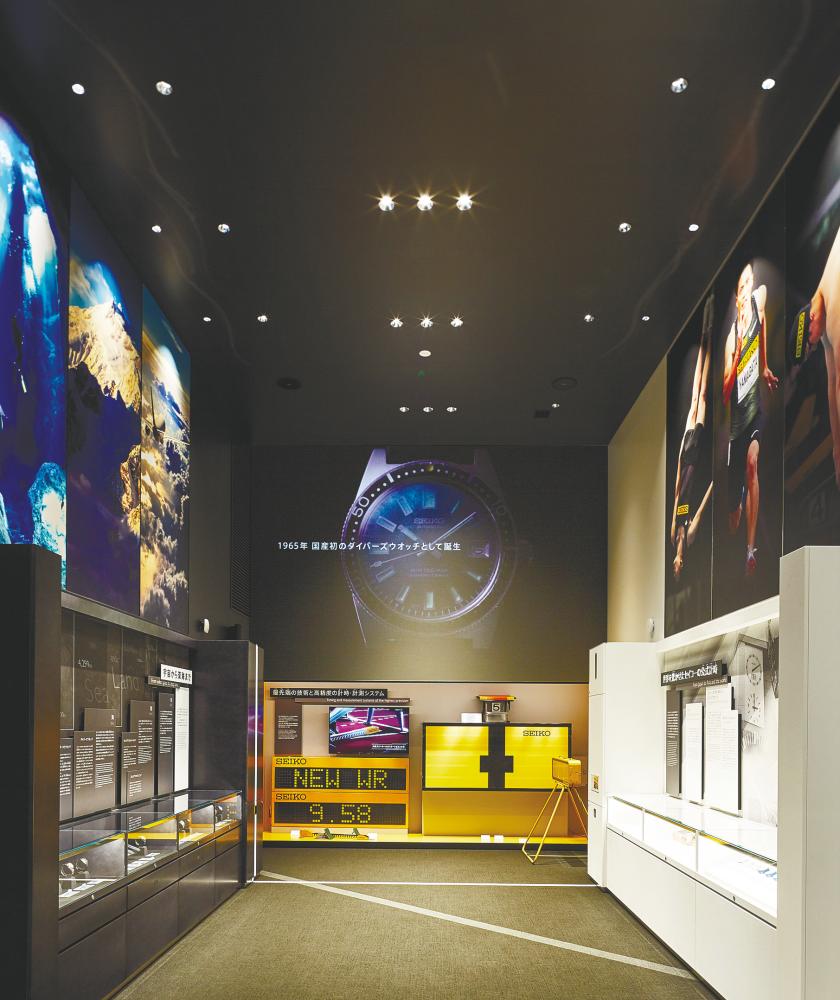
Each floor within the museum has its own theme, with about 500 exhibits and presentations related to time and timepieces.
The Kintaro Hattori Room on the 2nd floor takes visitors through the challenges and efforts of its eponymous founder, known as the King of Timepieces in the East. This exhibit presents Hattori’s philosophy of being “always one step ahead of the rest.”
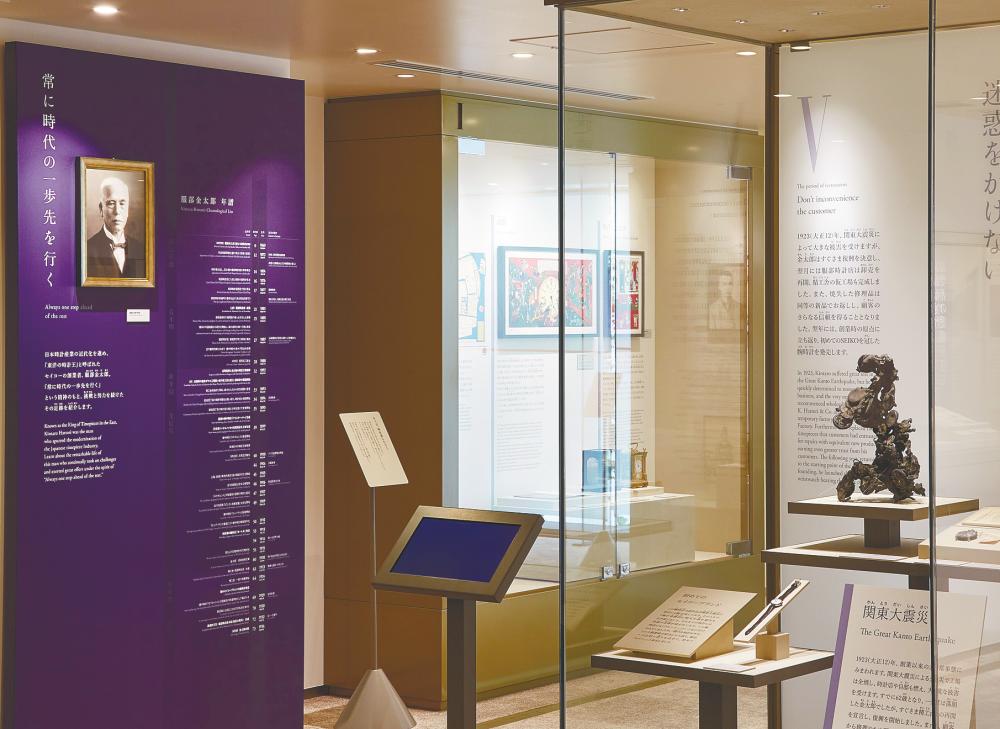
Visitors can also experience the technology involved in sports timing, which is inseparably connected with the history of Seiko timepieces, and the technology of Seiko’s sports watches that have supported so many adventurers over the years.
The museum also gives visitors an overview of the world’s horological history, starting with the ancient sundial, as well as a comprehensive collection of Wadokei, traditional Japanese clocks developed during the Edo period.
The Randoeau La Tour
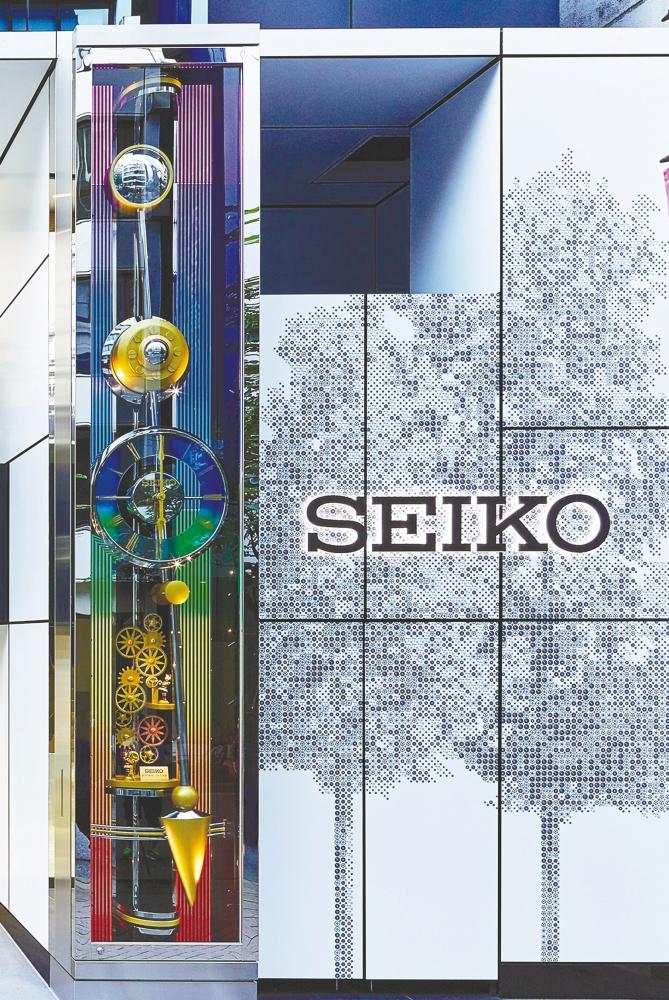
On the museum façade, the grand pendulum clock Rondeau La Tour keeps time. Every hour on the hour, automated dolls and cogwheels give a performance to delight passersby. Over 60 seconds, a series of golden cogwheels turn in time to a melody.
Two dolls and all ten cogwheels move together in a mechanical dance, followed by a 60-second lightshow.
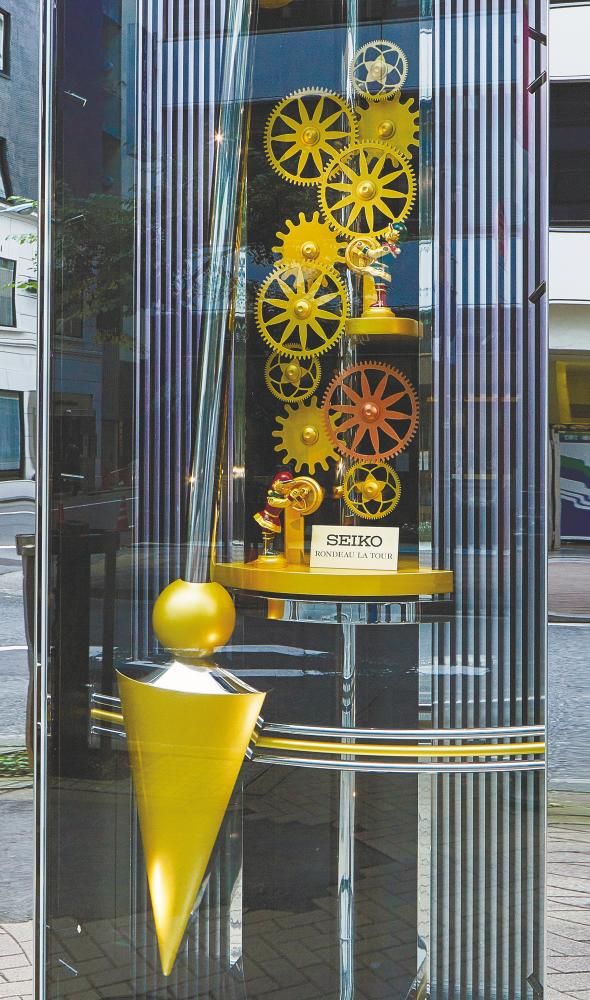
Since installing the Seiko Mullion Clock – Japan’s first large-scale outdoor marionette clock – in 1984, Seiko has played a major part in the history of large marionette clocks in Japan.
In 2019, Seiko installed the Seiko Rondeau in the main building of the Wako specialty store to celebrate the enjoyment of clocks, with automated dolls and a pendulum similar to those of the Rondeau La Tour.
Seiko also began producing and selling the Rondeau Maison table clock in July this year.
Read more about Grand Seiko’s T0 (T-Zero) watch HERE



